When most people hear the word “prepper,” they think of bunkers, endless shelves of canned beans, or TV shows about extreme survivalists. But here’s the truth: a prepper pantry is really just a thoughtful way of keeping your family fed — no matter what life throws at you.
It doesn’t have to be overwhelming, expensive, or unrealistic. It just needs to be doable for your life right now.
In fact, most of us already practice some form of prepping without realizing it — buying an extra jar of peanut butter, stocking up when pasta goes on sale, or keeping extra coffee in the pantry. The difference is doing it with a little more intention so you’re covered in both everyday life and unexpected situations. With the right approach, your pantry becomes less about stockpiling and more about peace of mind.
Here are five smart strategies to help you begin:
1. Start With What You Already Eat
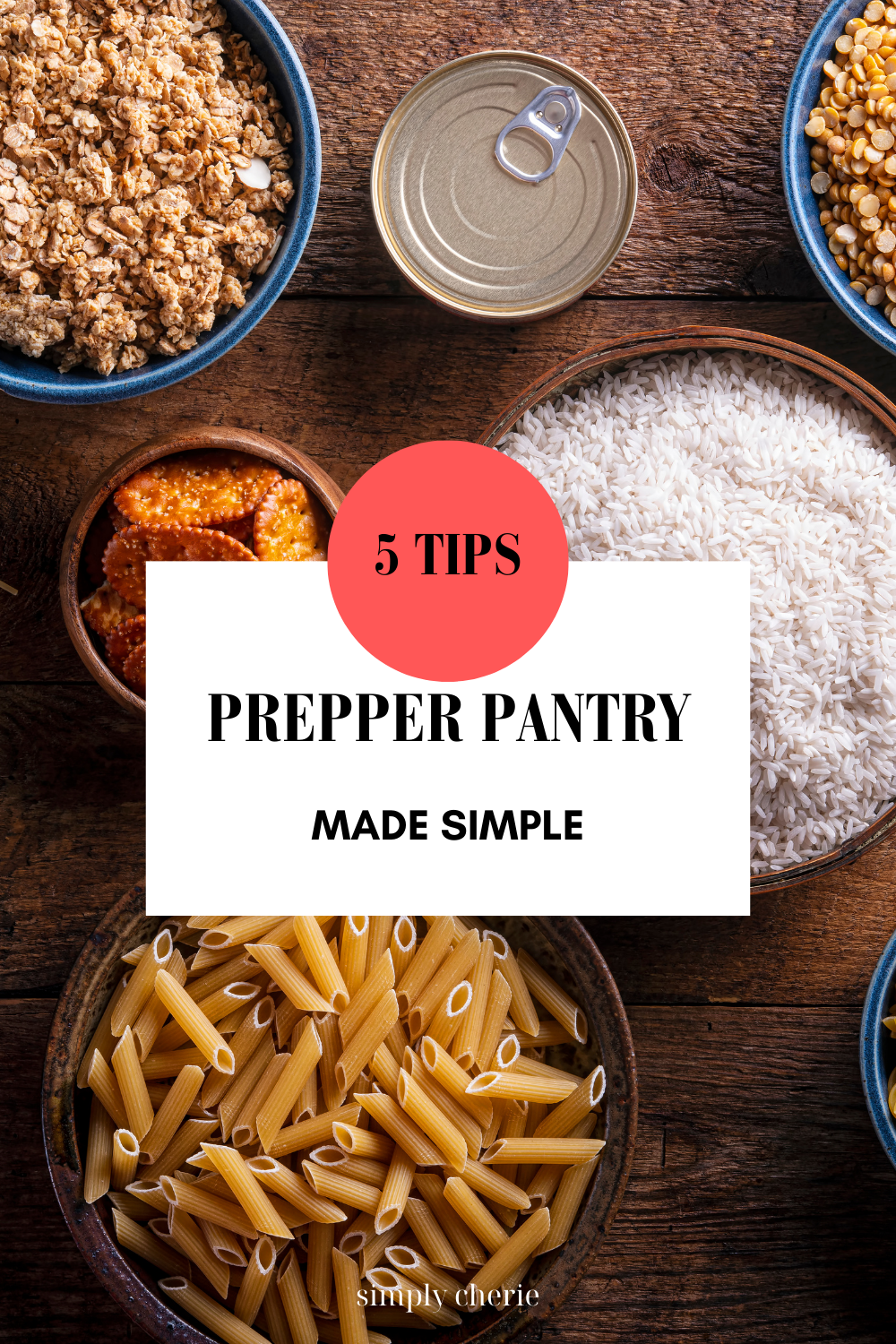
One of the biggest mistakes people make is buying foods they never actually use. A pantry full of lentils won’t help much if your family doesn’t like them. Instead, look at what you already cook and identify the shelf-stable versions of those foods.
🟢 Example: If you make pasta often, stock dried pasta and jarred sauce. If your kids love oatmeal, grab extra oats and honey.
When you build from what your family actually enjoys, you avoid waste and make sure your pantry is practical. It also helps your kids feel comfortable eating from the pantry during busy weeks or emergencies, because nothing feels unusual. Another benefit is that you’ll automatically rotate food more often since these are meals you already make. This reduces the pressure of expiration dates sneaking up on you. Think of it as extending your regular grocery shopping into a small cushion of extra supply. The result is a pantry that fits seamlessly into your lifestyle, rather than one that feels forced.
2. Think in Meals, Not Just Ingredients
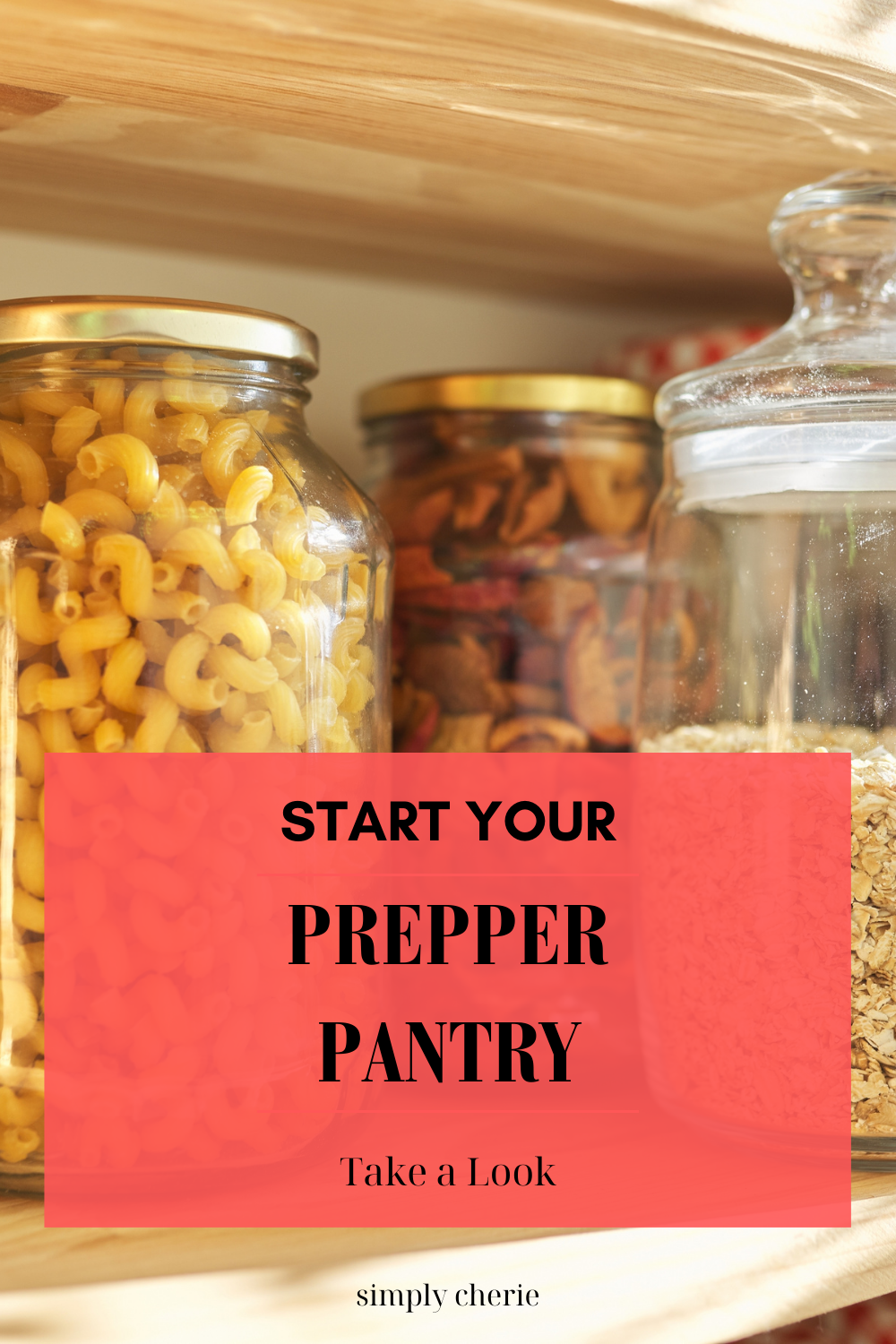
It’s easy to buy random cans and boxes, but when the time comes, will those items make a meal? Start planning in complete meals. Pair grains with proteins, add sauces or seasonings, and keep a few comfort foods in rotation.
🟢 Instead of only buying rice, think “rice + beans + salsa” or “rice + canned chicken + curry sauce.”
When you stock your pantry with meals in mind, you remove the stress of figuring out what to cook when life is hectic. A pile of canned corn and dry beans doesn’t automatically feel like dinner, but when paired intentionally, it becomes quick tacos or chili. This way, your pantry becomes a tool for fast, easy decision-making. You’ll also spend less time worrying about whether you have what you need when schedules get tight. Meals built from pantry staples can also bridge the gap between fresh grocery runs. And the best part? You’ll always have a backup plan when dinner feels impossible.
3. Rotate Your Stock (FIFO Method)
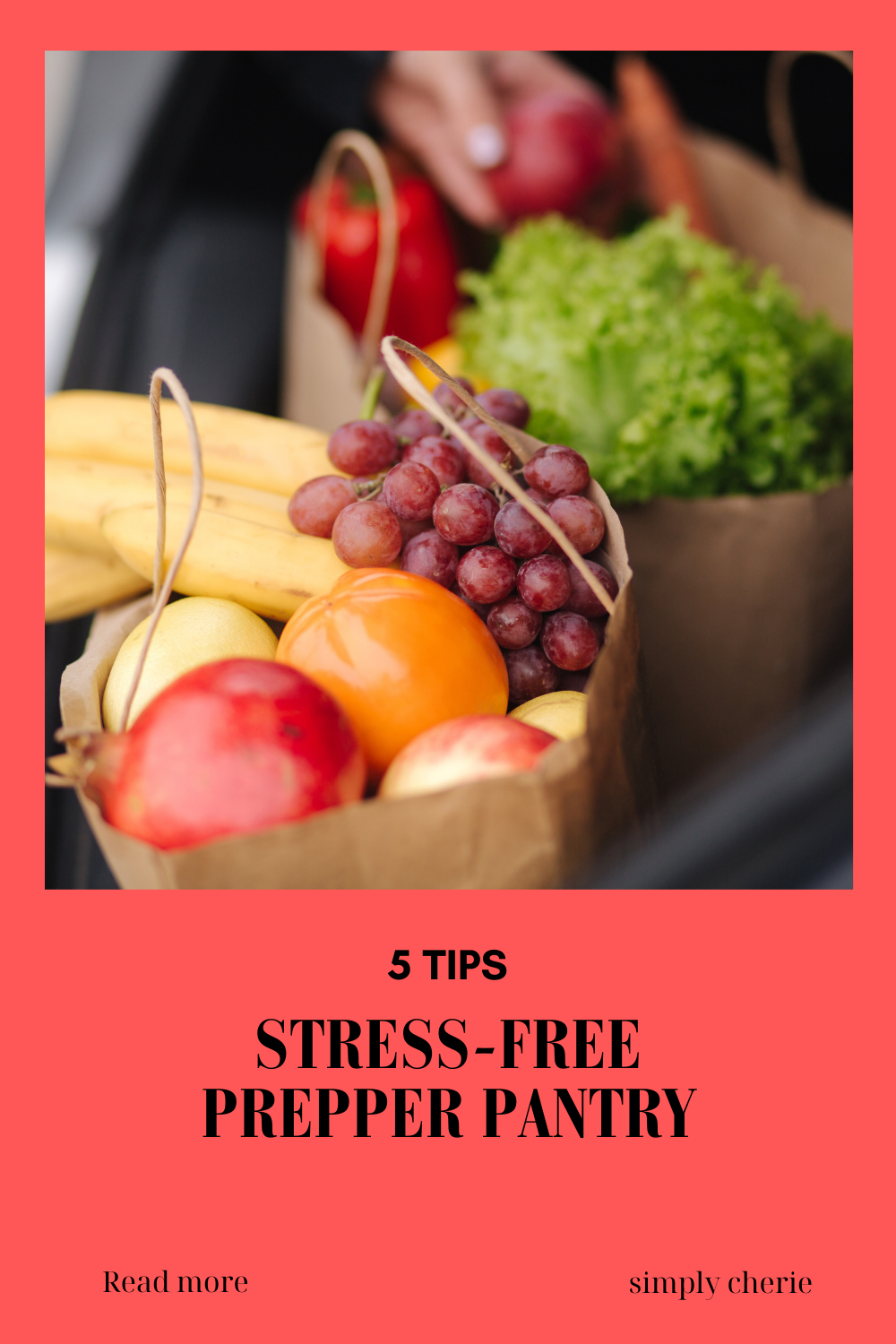
Food storage doesn’t work if everything just sits until it expires. A simple “First In, First Out” system makes sure the oldest food gets used first. Place new items in the back and move older items forward. This prevents waste and keeps your pantry fresh.
🟢 A FIFO system helps you save money, avoid expired food, and keep your shelves organized without constant effort.
By using FIFO, you’ll save money because nothing gets lost or forgotten at the back of a shelf. It also builds confidence because you know your system works without extra effort. A quick glance at your shelves will tell you what to use up first. This method also teaches kids how to grab the “front item” — a small but helpful habit that supports the whole family. Over time, you’ll find that your pantry feels more organized and efficient. And since you’re already cooking with what you store, replenishing becomes automatic rather than overwhelming.
4. Build Slowly, Consistently
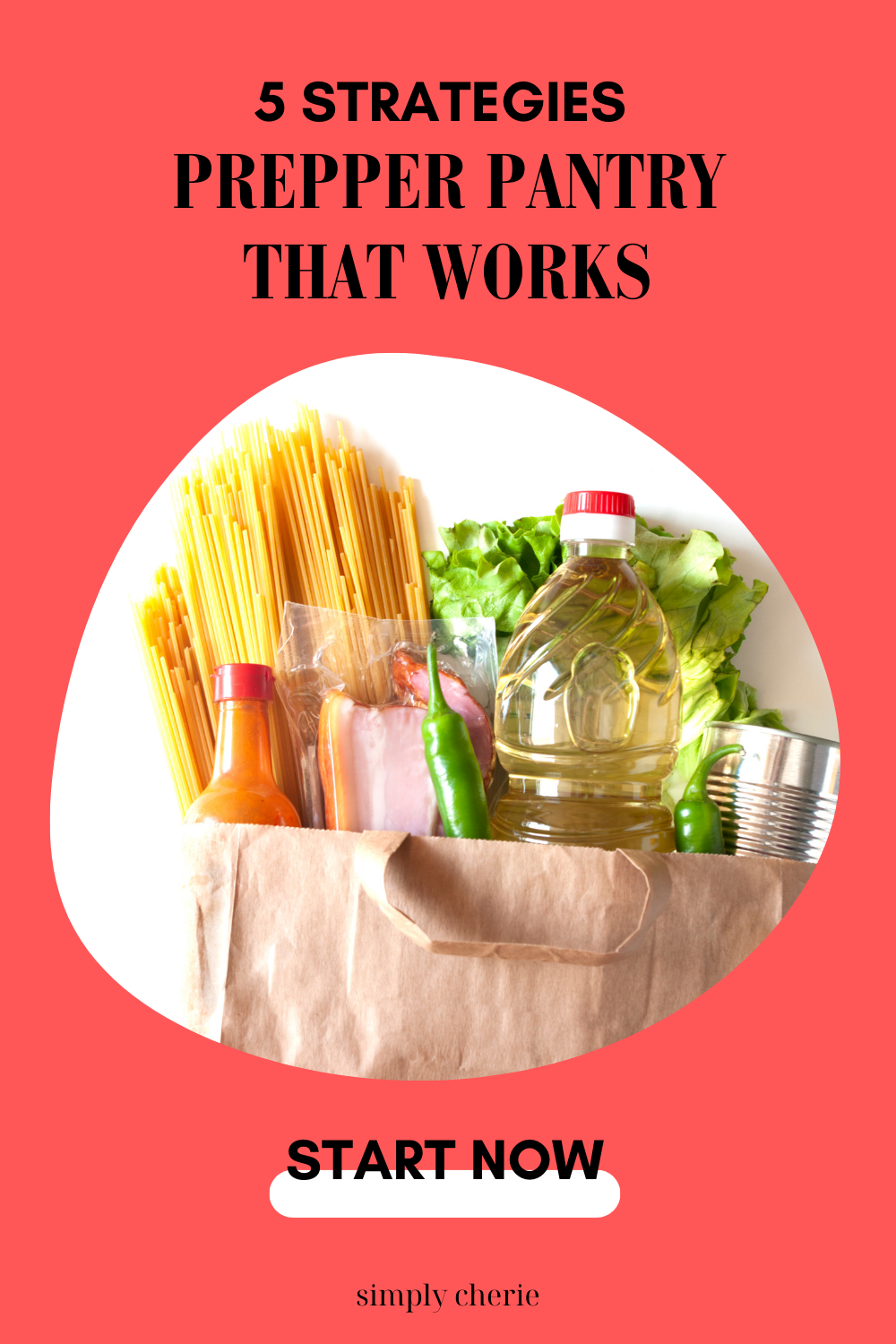
You don’t need to spend hundreds of dollars in one weekend. Add one or two extra items each time you shop. Over weeks and months, this grows into a pantry that can carry you through unexpected challenges — whether that’s a power outage, a busy season at work, or an illness that keeps you from shopping.
🟢 Slow and steady growth ensures your pantry feels intentional, not overwhelming.
Consistency beats speed every time. Building slowly helps you stick to your budget and prevents burnout. It also gives you time to figure out what works best for your family before investing too much. You’ll learn which brands hold up better in storage and which foods your family eats regularly. Small, steady additions add up to big results. And because you’re not rushing, you’ll make smarter, more intentional choices along the way.
5. Balance Everyday Needs With Emergency Preparedness
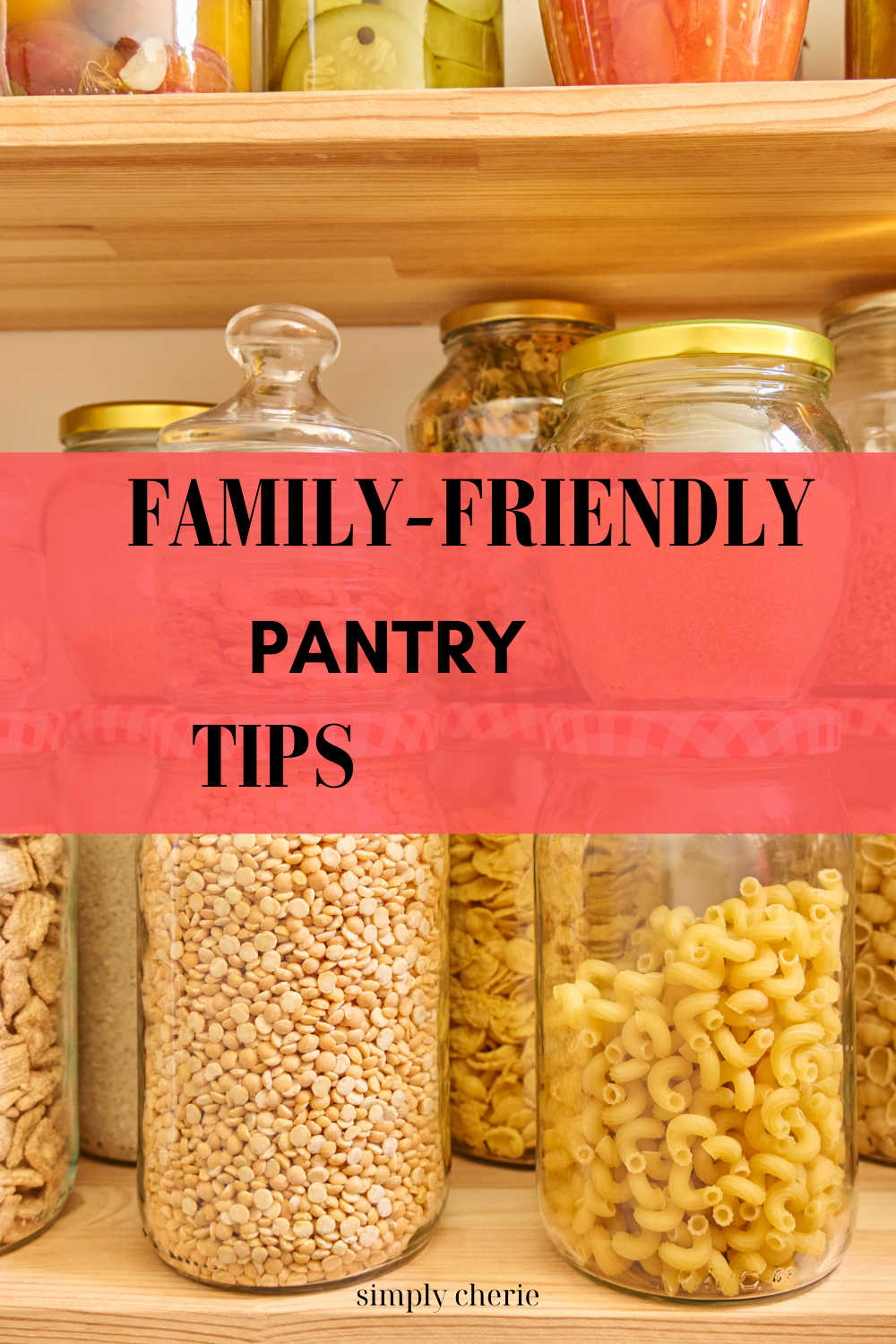
Yes, your pantry is a safety net for emergencies. But it’s also a tool for everyday life. A well-stocked pantry saves last-minute grocery runs, stretches your budget, and lowers stress on busy weeknights. When you think about it this way, your pantry becomes less about fear — and more about freedom.
🟢 A balanced pantry gives you both peace of mind and daily convenience.
The best prepper pantries strike this balance. You’ll be able to handle everyday hiccups — like running out of milk — as easily as you’ll handle bigger challenges. A balance-focused pantry keeps you from overbuying and wasting money on things you don’t actually use. It also ensures your pantry feels like a helpful resource, not a burden. With this approach, you’re not prepping out of panic — you’re prepping with purpose. And in the long run, that’s what makes your pantry sustainable.
Final Thoughts
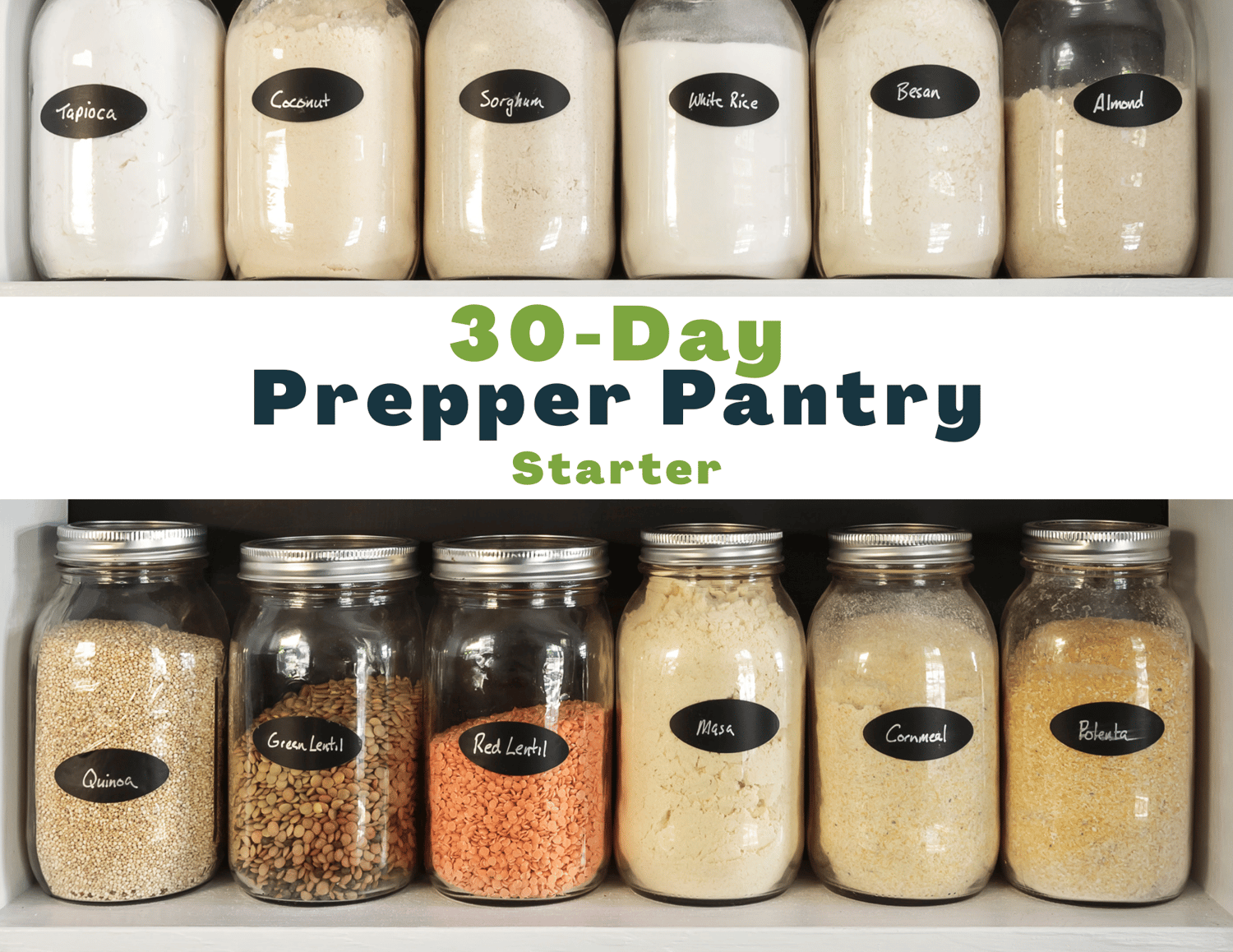
A prepper pantry doesn’t have to be intimidating. When you start with foods you love, plan in meals, rotate stock, buy slowly, and balance your everyday needs, you’ll create a system that truly supports your family.
And if you’d like a step-by-step plan that makes this even easier, my 30-Day Prepper Pantry Starter walks you through small, daily actions to build a pantry with confidence.

Ready to Start Your Pantry?
🟢 Grab the 30-Day Prepper Pantry Starter and take your first step today.
And if you want to go even deeper, pair it with my Blackout Box Planner — a simple kit that keeps your family safe when the power goes out.
You may also enjoy:
- Why You Need a Blackout Box (and How to Start One Today)
- Top 10 Blackout Box Essentials You’ll Be Glad You Have
This post may contain affiliate links, which means I may earn a commission if you purchase through them (at no extra cost to you!) Portions of this content may be generated by AI.


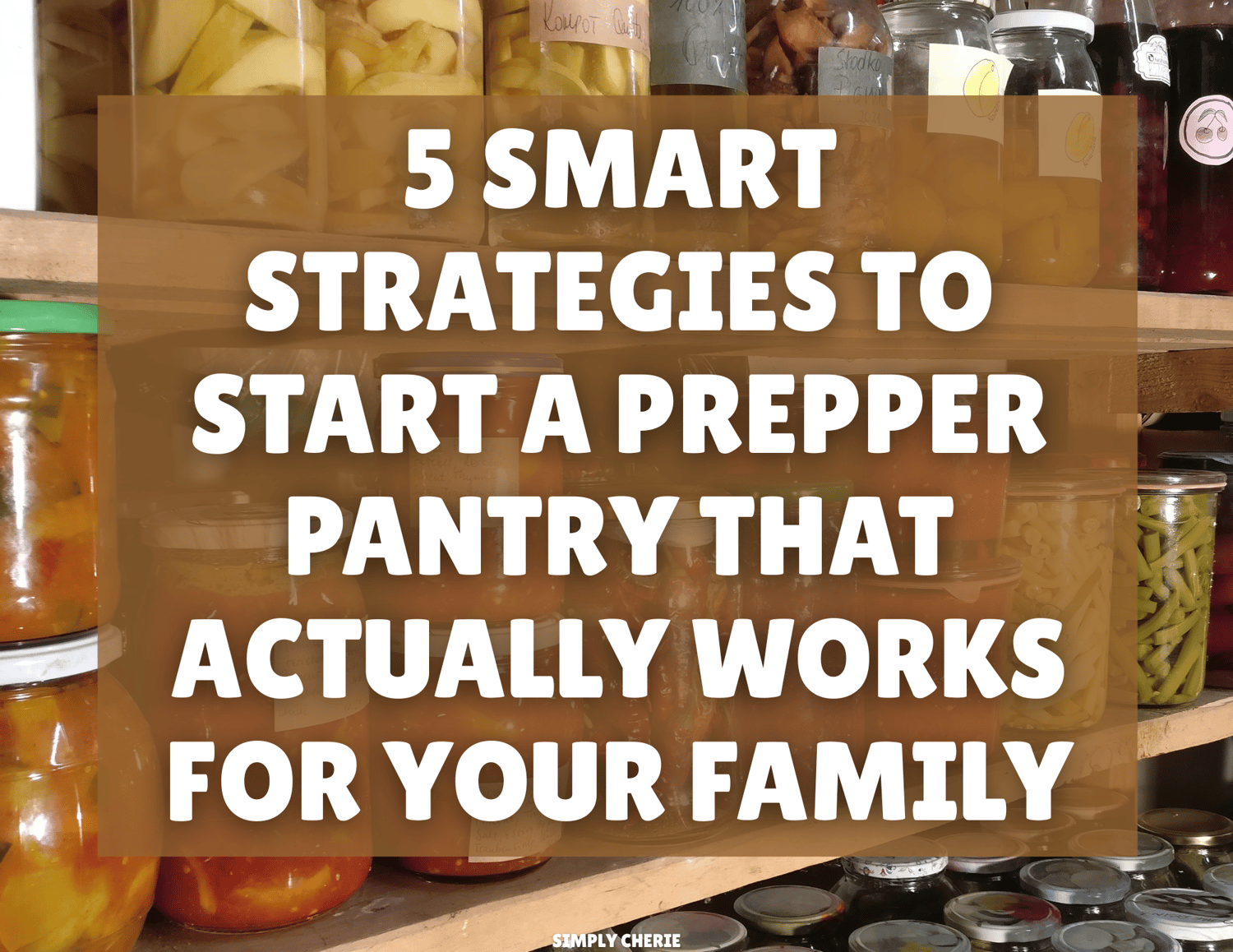
Comments ()